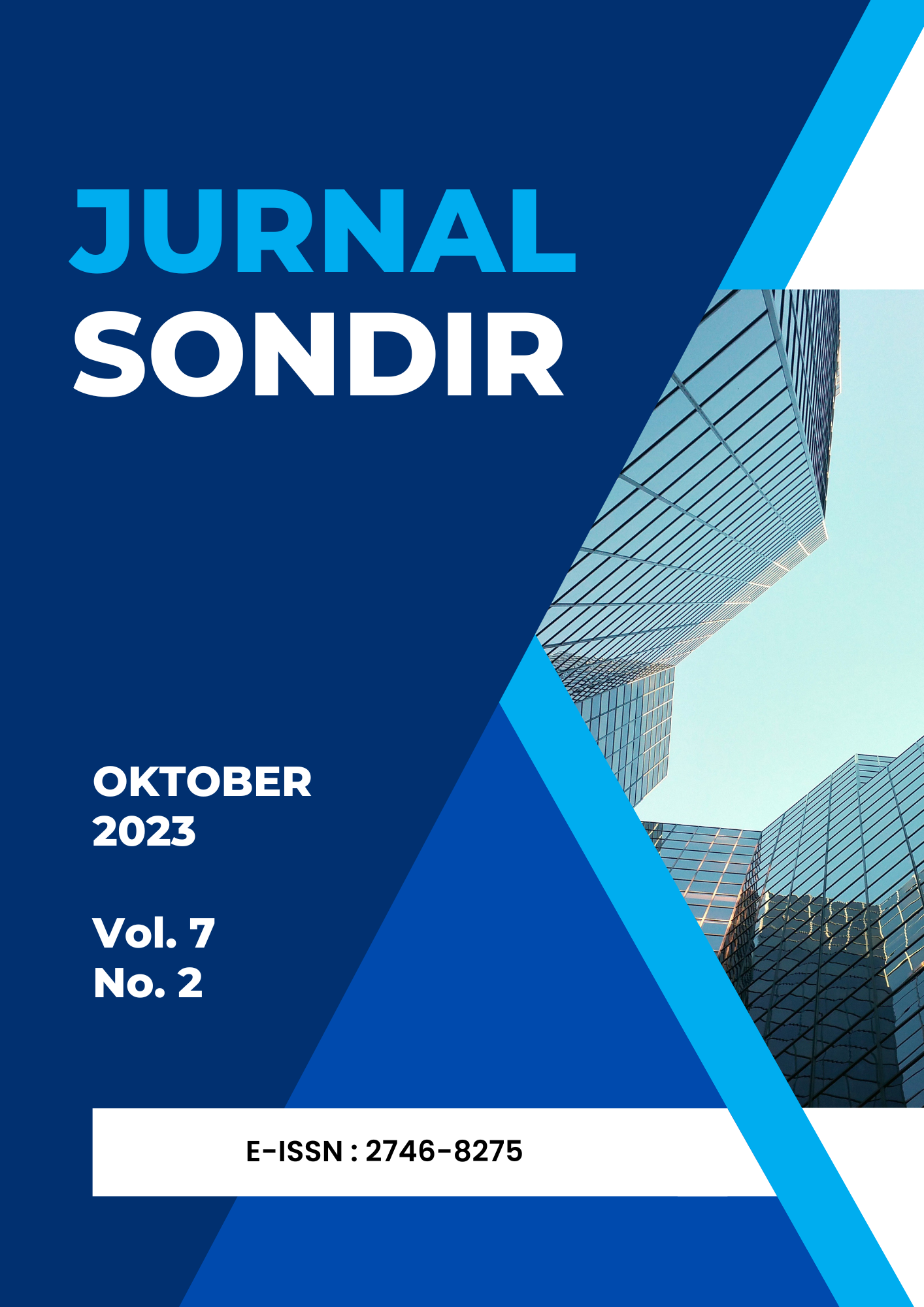Abstract
It is important to monitor and map project progress because inefficient use of labor can hinder project progress. During project implementation, the budget, schedule and other project information need to be used as a reference for implementation on site, especially in terms of monitoring the efficiency of the workforce needed in the project. Therefore, during implementation in the field, the speed and actual working time are different from those that have been planned. Based on the context of this research, research on 'Evaluation of time and costs through analysis of labor productivity' becomes interesting to do. This research is also limited by space and time with data collection procedures based on certain work cycles. The results obtained are specific and cannot be equated with different work objects and time periods. From the results and discussion in the previous chapter, it can be concluded as follows:In terms of construction time, the Waru-Sidoarjo-Krian Road Preservation projects should have been completed within 483 days with a budget cost of Rp. 589,900,000.00. However, in reality the project can be completed in 217 days with a work cost of Rp. 162,925,000.00 in the field. Based on the evaluation results, the effectiveness of the workforce in the Waru-Sidoarjo-Krian Road Preservation project reached 360%, resulting in a difference of 260% from the initial plan. Therefore, it can be concluded that labor productivity in the field is more profitable than that calculated based on project planning. Therefore, project implementation in the field is more efficient with a shorter time of 217 days than the initial plan and saves work costs of Rp. 429,975,000.00.
